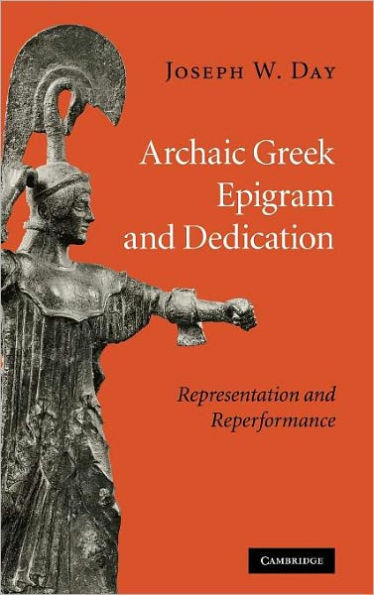5
1
9780521896306


Archaic Greek Epigram and Dedication: Representation and Reperformance available in Hardcover

Archaic Greek Epigram and Dedication: Representation and Reperformance
- ISBN-10:
- 0521896304
- ISBN-13:
- 9780521896306
- Pub. Date:
- 10/28/2010
- Publisher:
- Cambridge University Press
- ISBN-10:
- 0521896304
- ISBN-13:
- 9780521896306
- Pub. Date:
- 10/28/2010
- Publisher:
- Cambridge University Press
120.0
In Stock

Product Details
| ISBN-13: | 9780521896306 |
|---|---|
| Publisher: | Cambridge University Press |
| Publication date: | 10/28/2010 |
| Pages: | 344 |
| Product dimensions: | 6.10(w) x 9.00(h) x 0.90(d) |
About the Author
From the B&N Reads Blog
